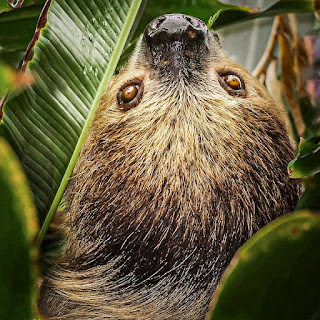PATRICK RYAN MCCANN | WILDLIFE PHOTOGRAPHY ETHICS | An Incredibly Easy Method That Works For All
Every profession has its ethics that need to be followed to be on the right side of the law. Ethics can either be legal principles or moral principles binding a profession or a community. The ethics of wildlife photography is to ensure that the wildlife and the whole wild are protected. It also ensures your protection as well as your conduct.
Below are some of the ethics involved in wildlife photography as explained by Patrick Ryan McCann.
Respect the Law
In every country, there are laws that protect the wildlife environment. In Australia, The Environmental Protection and Biodiversity Conservation Act 1999 (EPBC Act) helps to protect the wildlife environment.
Always read and understand the laws involving wildlife in every environment you go, to so as not to break them. The laws are there to protect you and the wildlife: animals and the environment.
Do Not Disturb
Endeavor not to disturb the surroundings or the animals in their natural habitat. When you move around, try as much as possible to move around quietly and discreetly as it increases your chances of photographing animals. Patrick Ryan McCann advised that it is important not to scare off animals in a failed attempt meant to call their attention by intentionally spooking them through shouting or throwing objects at them.
Lots of energy are expended by the animals during the flight especially when scared and this can alter lots of things in them, also it can cause a parent bird away from a nesting site which can lead to orphaned birds.
Do not use Live Baits
Some wildlife photographers use baits to attract their subjects to a spot to enable them to capture the images with less difficulty. As much as this is a good lure, Patrick Ryan McCann and other environmentalists frown on the use of live baits to lure animals.
We should not kill one animal to achieve our goal of creating impressive images. This practice is seriously prohibited in the photographic community and it can destroy your reputation if caught, so stay off it.
Do Not Poke the Nests
Do not for any reason disturb the arrangement of the natural nest of birds. Some photographers have tried creating some "so-called" incredible photos where a mother bird will come to feed a baby bird outside the nest, which they took. The baby bird from the nest themselves. This is morally and legally wrong. It is not proper to disturb the nest. New wildlife photographers should
Check out for Distress Call
When you are outdoors in the wild and trying to capture an animal, and it seems to be agitated and distressed, it could mean you're causing the animal lots of stress and you need to back away.
Photographing birds at the nest is perfectly ethical when you are not causing them harm and when you are not agitating them and causing them to waste a lot of energy. Capturing the images of antelopes can be awesome if you don't make them run off frighteningly moving towards them.
The ethics listed in this article are to guide wildlife photographers on how to safely capture moments without infringing on the law and crossing the ethical lines.
https://about.me/patrickryanmccann
https://soundcloud.com/patrick-ryan-mccann
https://issuu.com/patrickryanmccann/docs/patrick_ryan_mccann_-_ppt2.pptx_33bb2fad6ff137
https://www.behance.net/patrickryanmc
https://patrickryanmccann.wordpress.com/
https://patrickryanmccann.medium.com/
https://patrickryanmccann.com.au/



Comments
Post a Comment